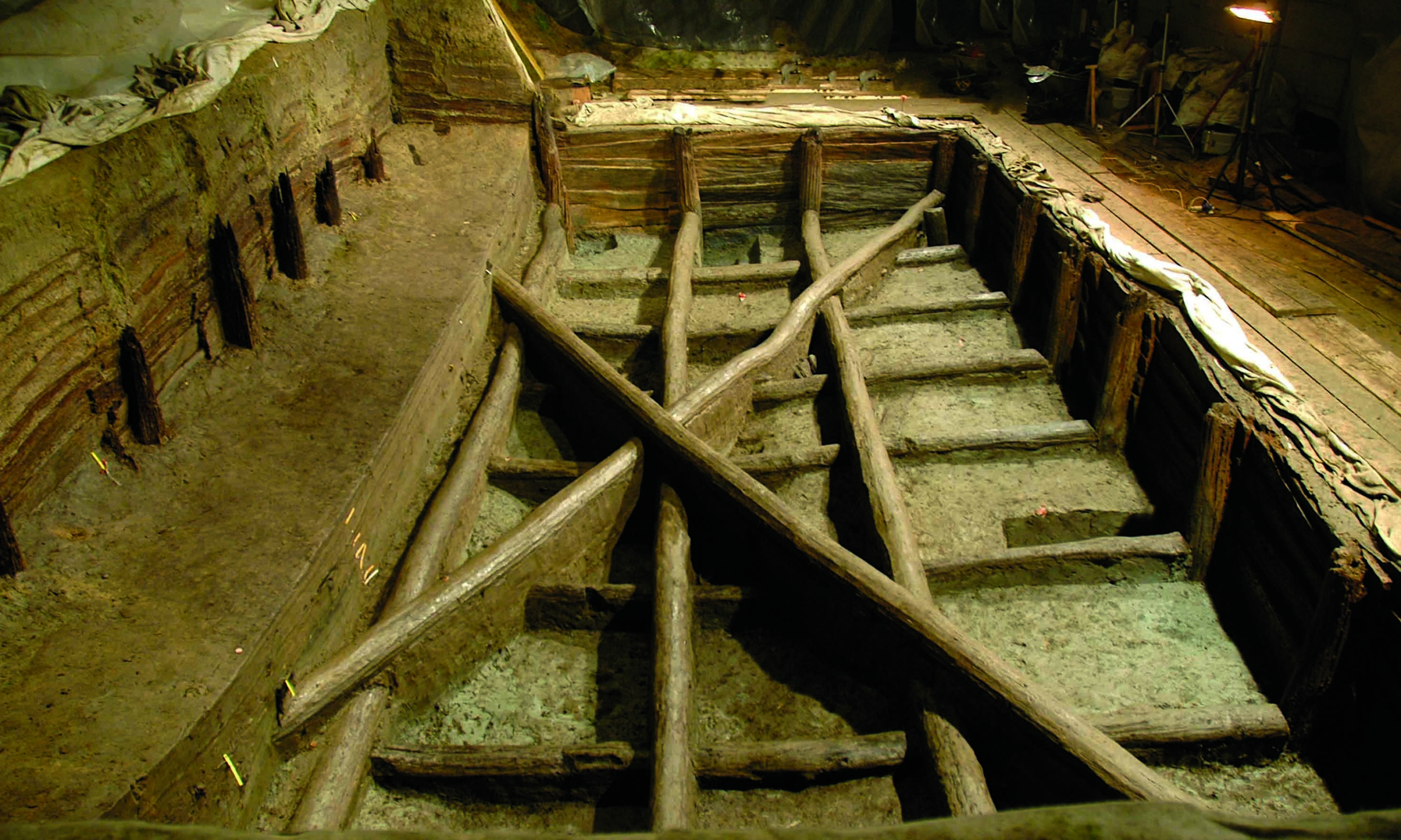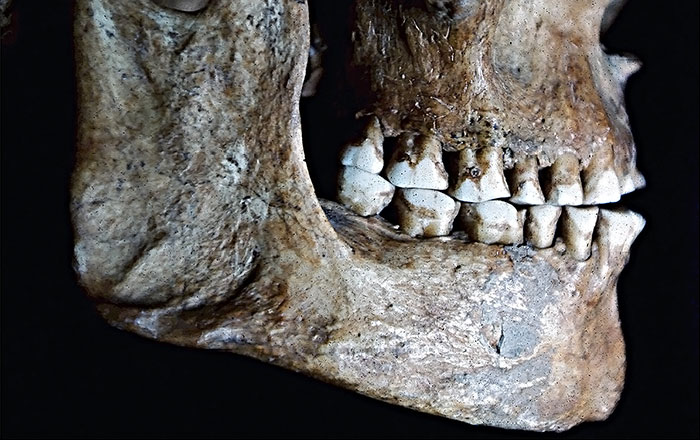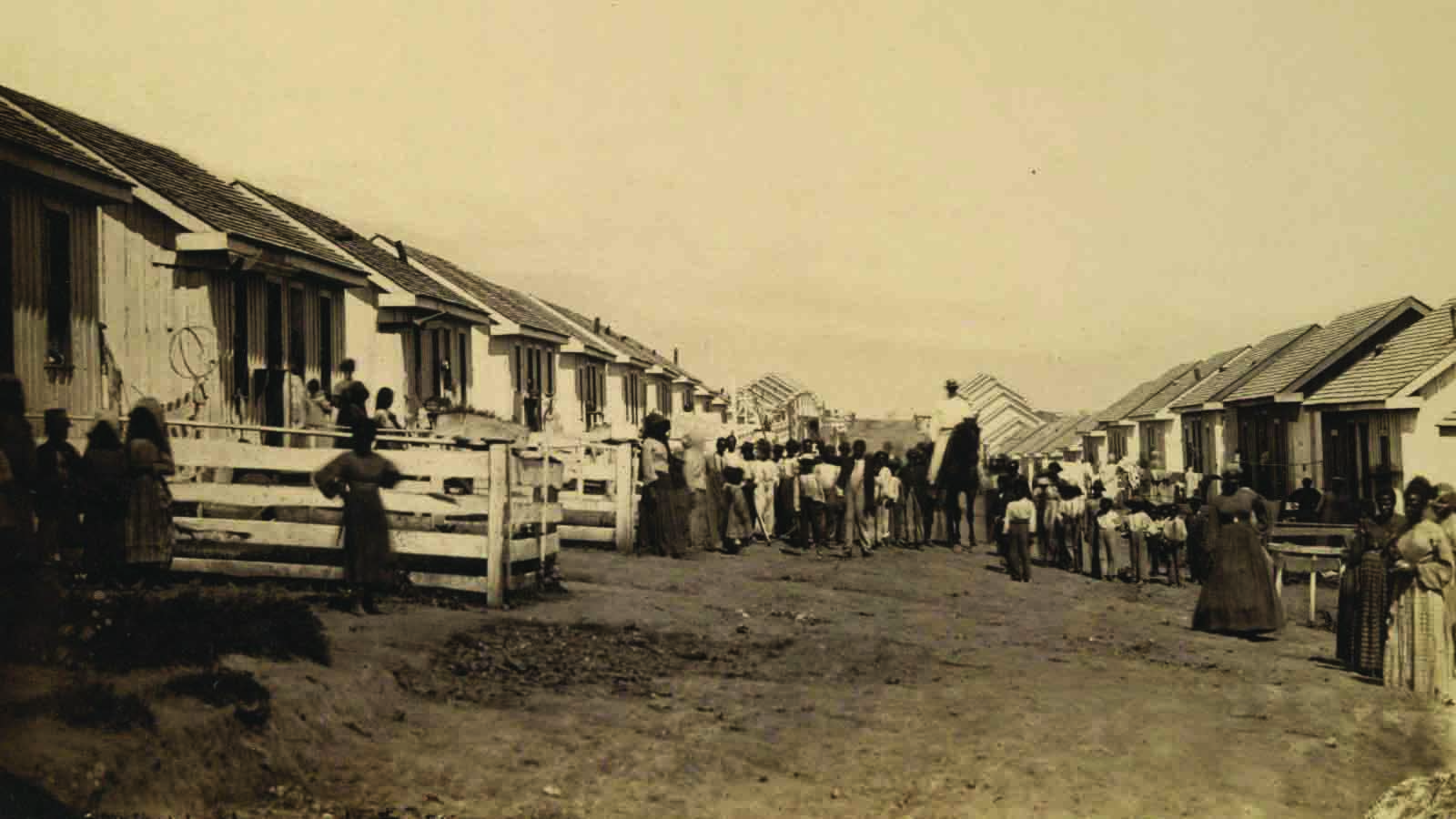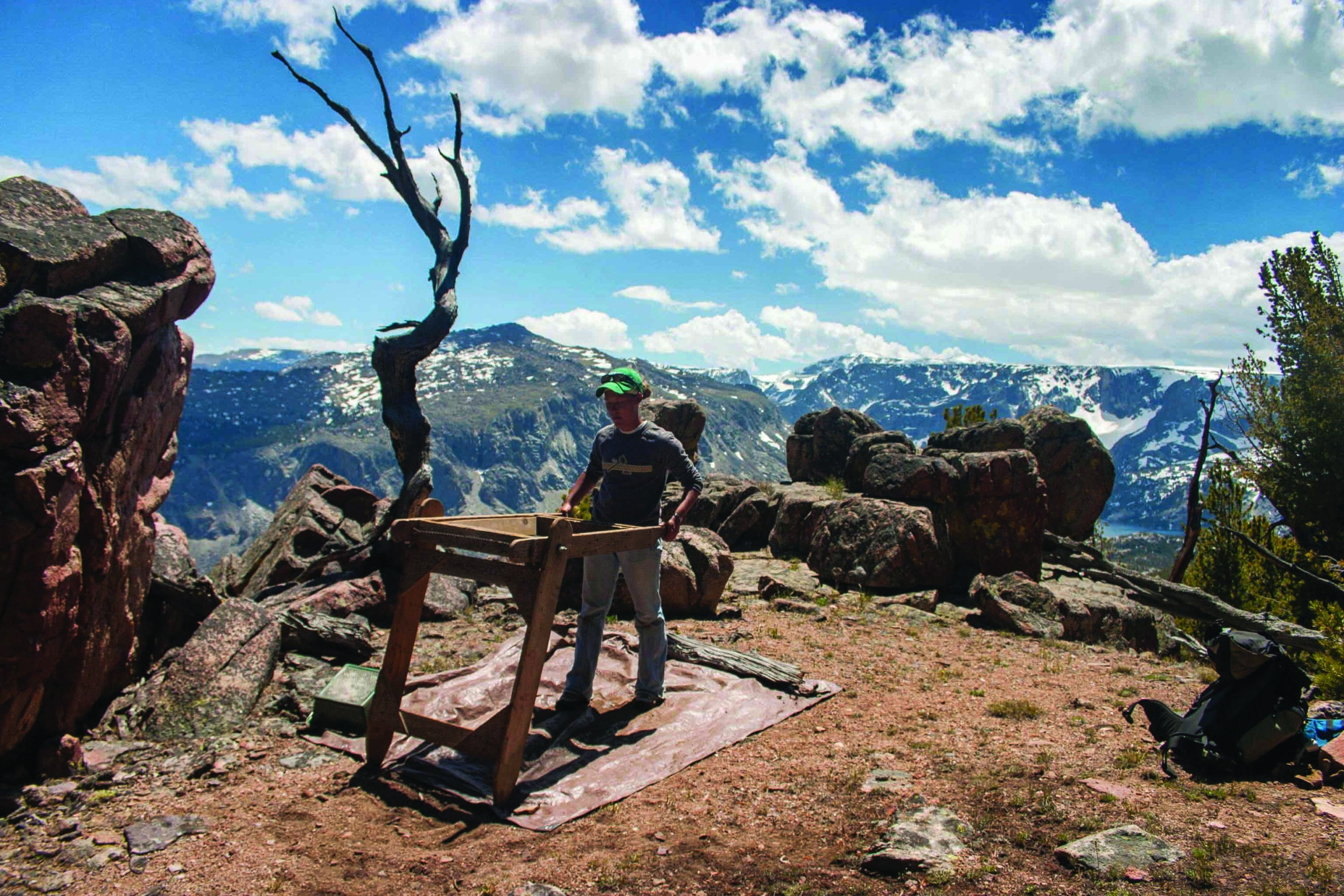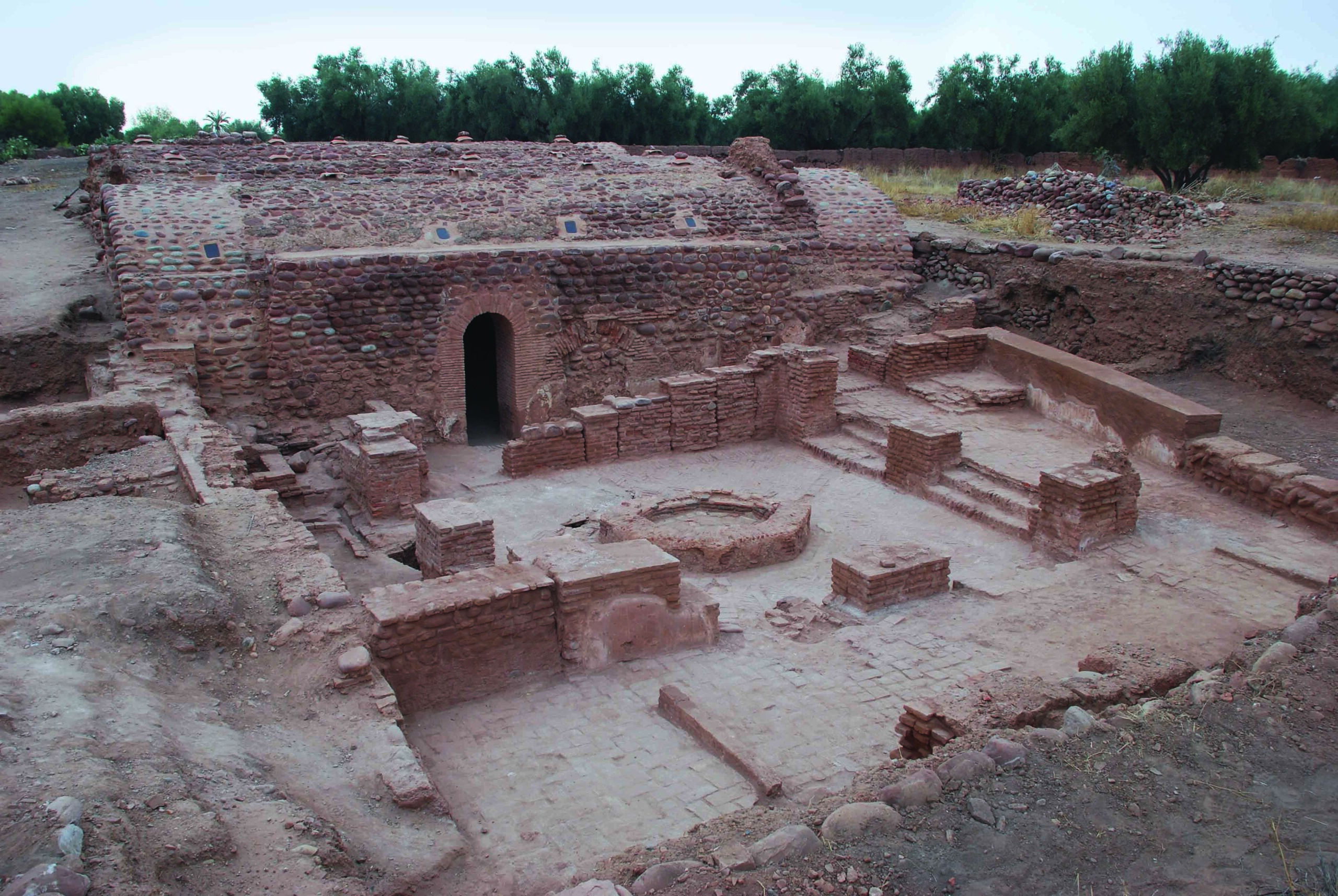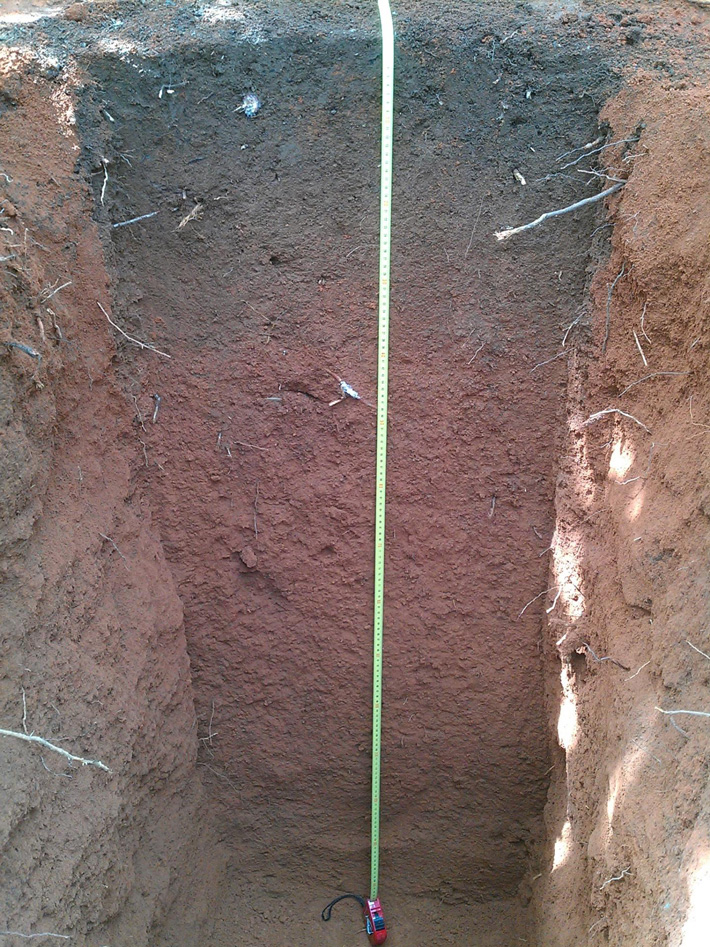
EXETER, ENGLAND—According to a statement released by the University of Exeter, researchers from the University of Exeter and Brazil’s State University of Mato Grosso sampled some 4,000 trees in southern and eastern Amazonia, and found that areas of the Amazon where so-called “dark earth” is found have more diverse ecosystems. Edmar Almeida de Oliveira explained that this vegetation includes more edible fruit trees and different species of colossal trees than are found in the surrounding forest. The study shows that these patches of dark earth, which were created over a period of 5,000 years by early farmers who fertilized the soil with charcoal from fires and food waste, still have more nutrients and are thus more fertile than untreated soils. Early farmers are thought to have grown food in the treated soils and forested trees from untreated areas. Dark earth areas were abandoned, the researchers added, when indigenous communities collapsed after the arrival of Europeans. To read about the early civilizations of the Amazon, go to "Letter from Peru: Connecting Two Realms."



